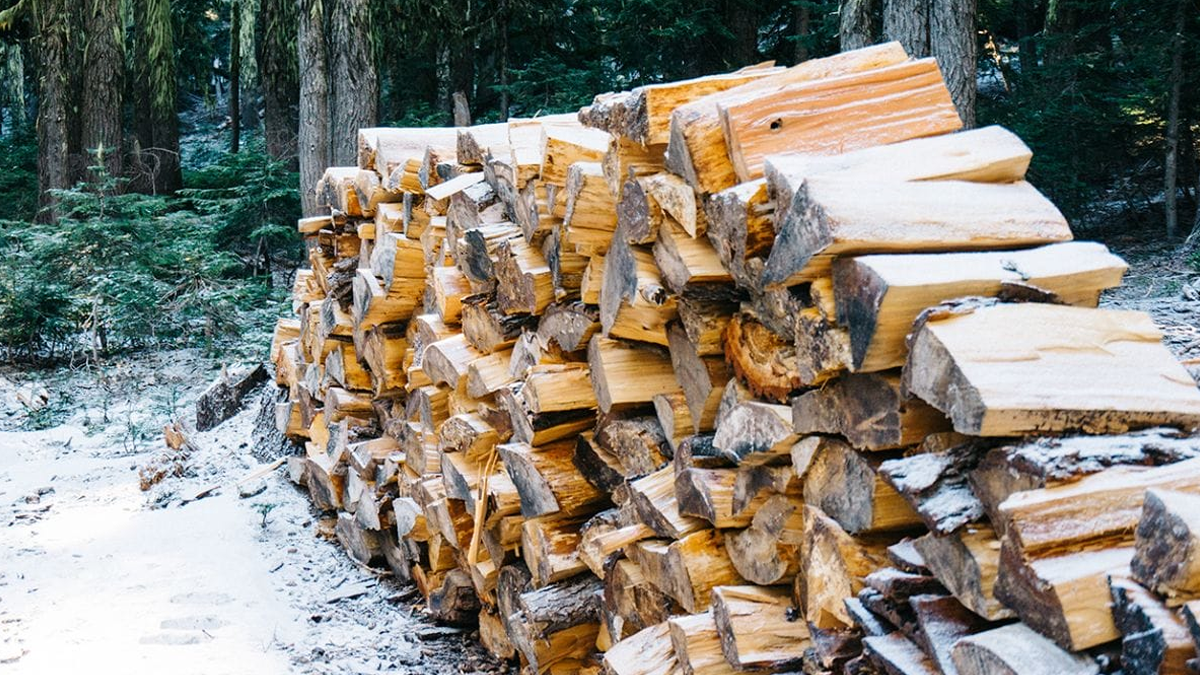
The genus Echinacea includes some of the most popular perennials in North American gardens. Their tolerance, glowing blooms, and remarkable ability to attract pollinators make coneflowers a necessity in many landscapes. While there are several types of coneflower plants, probably the most common one is the purple coneflower—Echinacea purpurea. This article shall review the various types of coneflower plants, their growing conditions, and how to include them in your garden.
1. Purple Coneflower – Echinacea purpurea
This is probably the most well-known and frequently cultivated species of coneflower. Hailing from the central and southeastern United States, this bears a large daisy-like flower with purple petals and a large, pointed orange-brown center. Flowering from early summer into early fall, these never fail to attract bees, butterflies, or birds.
Growing Conditions:
Purple coneflowers need full sun to partial shade and well-drained soil. They are drought-tolerant once established and hardy in USDA zones 3-9.
Garden Uses:
These coneflowers work well in perennial borders, wildflower gardens, or a pollinator-friendly landscape. They also make excellent cut flowers.
2. Pale Purple Coneflower (Echinacea pallida)
Yet another native species is Echinacea pallida, recognized by its pale purple, narrow, drooping petals and tall, slender habit. The pale purple coneflower blooms slightly earlier than E. purpurea, often starting in late spring.
Growing Conditions:
This species does well in full sun and dry to medium soil. Much more drought-tolerant than E. purpurea, it’s hardy in USDA zones 3-9.
Garden Uses:
Being lighter in structure and less darkly colored, the pale purple coneflower is at its best in a naturalized setting, a prairie garden, or mixed in a border with other native perennials.
3. Tennessee Coneflower (Echinacea tennesseensis)
The Tennessee coneflower is a rare endangered species, nearly extinct and recovering through conservation efforts. The plant is native to limestone cedar glades of central Tennessee. It has a slightly different appearance in that the flower petals bend upward rather than drooping downward like most Echinacea spp.
Growing Conditions:
Tennessee coneflowers like rocky, well-drained soil and full sun. They are hardy in USDA zones 4-7.
Garden Uses:
Since this is such a rare plant, plant Tennessee coneflowers in rock gardens, native plant collections, or as part of a conservation-focused garden.
4. Yellow Coneflower (Echinacea paradoxa)
Echinacea paradoxa is the only member of the genus that bears yellow-colored petals and decidedly puts this coneflower in a category of its own. This Ozark native also has drooping, narrow petals akin to E. pallida, but in brilliant yellow.
Growing Conditions:
Yellow Coneflower does well in full sun and with well-drained, rocky, or sandy soil. It is drought-tolerant and hardy in USDA zones 4-8.
Garden Uses:
The bright color of the yellow coneflower enhances a sunny border, xeriscape, or prairie garden. This plant combines well with grasses and native perennials of similar height.
5. Narrow-leaved Coneflower (Echinacea angustifolia)
The narrow-leaved coneflower belongs to the Great Plains and is distinguished by its narrow, lance-shaped leaves and pale pink to purple-colored petals. It is a more compact species than E. purpurea, with a more rugged appearance.
Growing Conditions:
The narrow-leaved coneflowers do best in full sun and well-drained soil. They exhibit reasonable drought tolerance and are hardy within USDA zones 3-8.
Garden Uses:
This is a good species for a xeriscape, rock garden, or native plant landscape where low-maintenance, drought-tolerant plants would work best.
6. Smooth Coneflower (Echinacea laevigata)
This coneflower is a rare species endemic to the southeastern United States. It is similar to E. purpurea except that it has much smoother leaves and stems—hence the name. The petals are more light pink in color generally, with a more open, airy form to the plants.
Growing Conditions:
Smooth coneflowers do best in full sun and well-drained loamy soil. They are not drought-tolerant, like some other species, but look good in USDA hardiness zones 5-8.
Garden Uses:
Due to the rarity of this plant, it does better when placed in conservation gardens or naturalized areas where the delicacy of its beauty may be more effectively appreciated.
7. Hybrid Coneflowers
Beyond the species listed above, many more hybrid coneflowers are available in today’s marketplace, in terms of varieties to choose from, because they have been bred to provide a variety of colors, sizes, and bloom shapes beyond what nature offers. One example would be the Echinacea “Cheyenne Spirit” series of hybrids featuring red, orange, yellow, white, and pink flowers on compact plants perfect for smaller gardens or containers.
Hybrid Coneflower Growing Conditions:
Hybrids generally share the same growing conditions as E. purpurea, such as full sun and well-drained soil. Hardiness may vary depending on the parent species, but most hybrids are suitable for USDA zones 4-9.
Garden Uses:
These hybrids are so versatile that they can be used anywhere in the garden. Most especially, they are incorporated into mixed borders and cottage gardens, as well as containers, because of the array of colors and sizes available.
Conclusion
This diverse and versatile group of perennials includes coneflowers that will appeal to just about every garden. Be it natives or vibrant hybrids, there seems to be a coneflower variety that would suit your garden. Provided that you know the varied kinds and growing conditions of coneflowers, you could choose appropriate plants for a great look that is low maintenance yet attracts beauty and pollinators into your garden year after year.







